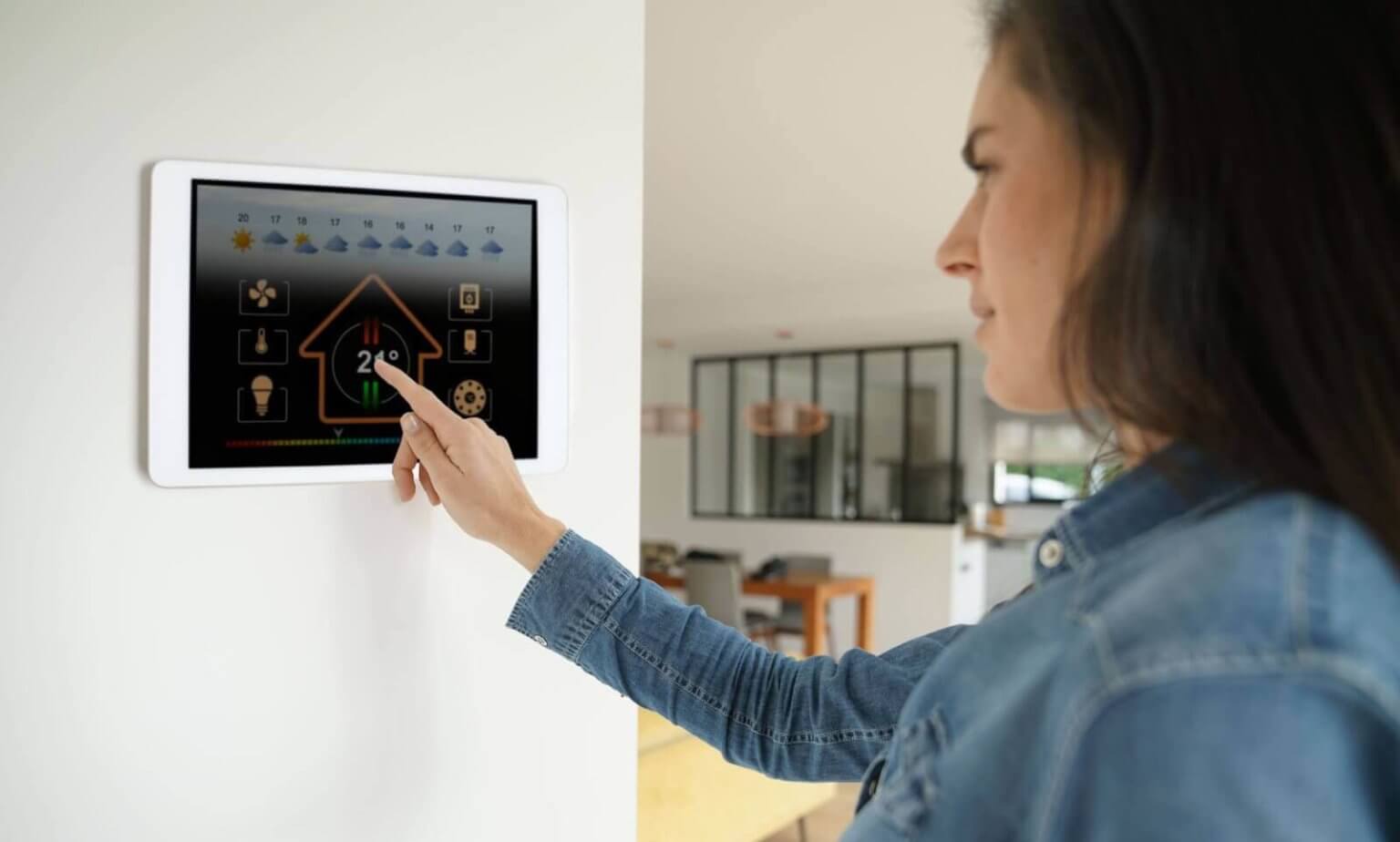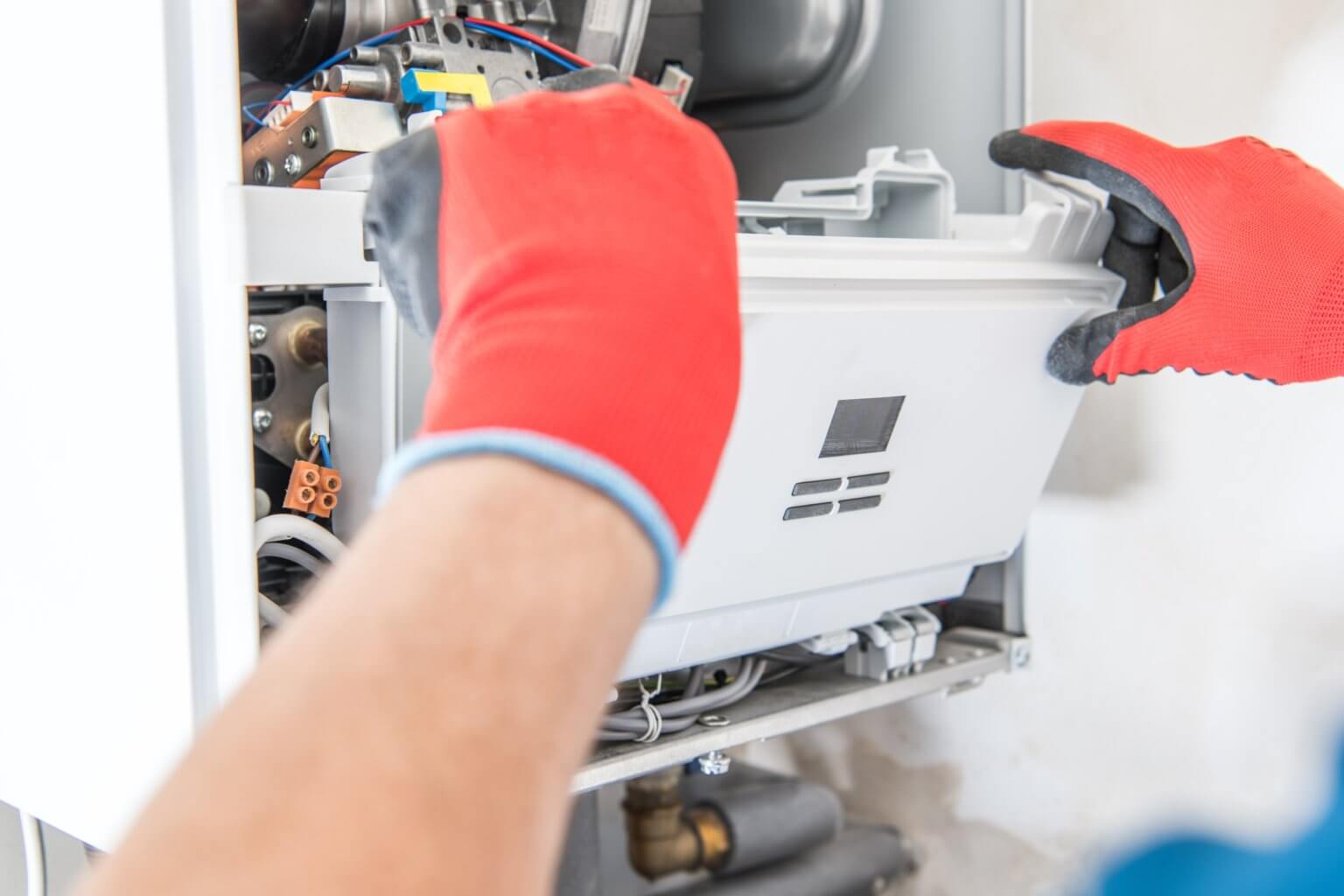
Why a fall furnace tune up matters for Canoga Park homes
Canoga Park has mild days and quick drops at night once fall settles in. That swing puts a quiet strain on furnace components. A fall tune-up is the smart move before the first cool snap and the holiday rush. It reduces surprise breakdowns, lowers gas and electric use, and keeps heating safe in homes with older ductwork and mixed construction common across Canoga Park, CA.
Season Control Heating & Air Conditioning services thousands of Valley furnaces. The team sees the same pattern each year: dusty burners, weak flame signals, clogged filters, and blowers overworking after a long summer of sitting idle. A focused furnace tune-up Canoga Park homeowners schedule in September or October prevents those issues from becoming a no-heat call at 9 p.m.
Why timing matters in the Valley microclimate
Fall is short, and nights cool faster west of the 405. That means furnaces go from off for six months to running nightly in a single week. Systems that sit collect dust on the burners and in the blower wheel. Ignitors crack. Flame sensors film over. If those faults surface on the first cold night, repair windows shrink and parts may be on backorder.
Early appointments keep homeowners ahead of the rush. Techs can spot a weakening hot surface ignitor or a draft-inducer motor with noisy bearings and replace them on a normal schedule, not as an emergency. The upside is simple: steady heat, lower repair costs, and safer operation.
What a professional tune-up covers and why it matters
A proper furnace tune-up is not a quick filter swap. It is a sequence of checks, cleaning, and measurements. The tasks below reflect the most common needs in Canoga Park homes built from the 1960s through infill construction in the 2000s.
- Safety and combustion testing: Confirm gas pressure, inspect burner flame shape and color, verify flame rectification, and test for carbon monoxide at the supply plenum and in the living space.
- Mechanical service: Clean burners, vacuum the blower compartment, inspect and balance the blower wheel, lubricate motor bearings where applicable, and confirm inducer operation and pressure-switch response.
- Electrical checks: Measure amp draw of the blower and inducer, inspect the ignitor resistance, test capacitor microfarads on PSC motors, tighten loose connections, and verify proper ground.
- Airflow and filtration: Replace or clean the filter, measure temperature rise across the heat exchanger, and check return and supply static pressure for duct issues common to older Canoga Park ranch homes.
- Controls and safety devices: Test limit switches, rollout switches, thermostat calibration, and verify proper cycle timing so the furnace lights, runs, and shuts down as designed.
These steps reduce no-heat calls caused by simple causes. For example, a flame sensor that reads under 1 microamp will drop the flame within seconds. A tune-up catches that and restores a strong signal with cleaning or replacement, which costs far less than an after-hours visit.

Energy savings you can feel on the bill
Homeowners often ask how much a tune-up can save. The most honest answer is a range because houses differ. In Season Control’s experience across Canoga Park and nearby neighborhoods, a clean, well-adjusted furnace can cut heating energy use by roughly 5 to 15 percent compared to a neglected unit. The largest gains show up in homes with:
- Pleated filters left in place for more than six months, which starve airflow and spike blower amp draw.
- Dirty blower wheels that reduce CFM and cause high temperature rise, triggering high-limit trips and short cycling.
- Incorrect gas pressure that runs the furnace rich, wasting fuel and sooting burners.
Even modest savings matter over the season. If a gas bill runs $120 to $180 during the coldest months, shaving 10 percent pays back much of the tune-up cost, and it does so while improving comfort and reliability.
Safety is non-negotiable with gas heat
Most forced-air furnaces in Canoga Park are gas-fired. That brings two risks: carbon monoxide and fire. A fall tune-up addresses both. Combustion testing verifies the burners light cleanly, the heat exchanger does not show signs of cracks or overheating, and the draft system clears combustion gases fully. Techs also look for scorched wiring, melted wire nuts, and open ground paths that increase shock risk.
Homeowners sometimes rely on a CO alarm in the hallway and skip service. That device is essential, yet it is a last furnace tuneup Canoga Park line of defense. A tune-up is preventive. It reduces the chance of nuisance CO spikes from incomplete combustion, which can trigger headaches and fatigue long before an alarm sounds.
What makes Canoga Park homes unique
The housing stock varies: single-story ranch homes with long duct runs, condos with closets packed tight, and newer two-story builds with upstairs air handlers. Each layout stresses furnaces differently. Long return runs collect more dust. Closet installations run hotter if door undercuts and grills are small. Two-story plans need careful blower setup so downstairs rooms heat evenly.
A tech who knows local patterns adjusts service accordingly. Expect attention to static pressure readings, filter sizing, and temperature rise. If the data shows airflow limits that a tune-up cannot fix, the tech can recommend simple upgrades like a larger return grille or a better filter rack that do not require major duct work.
DIY tasks and where to draw the line
Homeowners can handle a few basics safely between professional visits.
- Change the filter every one to three months in winter. If pets live in the home, lean closer to one to two months.
- Keep the furnace area clear. Leave at least three feet of space for air intake and service access.
- Vacuum floor and return grilles monthly to cut dust load.
Leave combustion, gas, and internal electrical work to a licensed HVAC technician. Over-tightening gas fittings or misreading a manometer can create hazards. Season Control’s team carries the right instruments and parts specific to common furnace brands in the Valley, which keeps visits efficient.
Signs your furnace needs attention before fall
A tune-up once a year is a good baseline. Book sooner if any of these show up during spring or summer test cycles: a burning dust smell that lingers more than 15 minutes, a boom or pop at ignition, the blower coasting down slowly or squealing, or the thermostat calling for heat with no response from the furnace. Frequent short cycles point to airflow limits or a weak limit switch. Catching those early keeps the system ready for the first chilly evening.

The service experience with Season Control Heating & Air Conditioning
Season Control treats a furnace tuneup Canoga Park homeowners schedule as a safety and performance visit, not a quick sale. The tech arrives with a standard parts kit for common failures, records measurements, and explains any readings that fall outside the nameplate specs. If a part is borderline, the tech will show the data and offer options, including waiting and monitoring if safe.
Most tune-ups take 60 to 90 minutes. Older closet installations can take longer due to access constraints. Before leaving, the tech cycles the system, verifies venting, and resets the thermostat program if requested. Homeowners receive a summary with gas pressure, temperature rise, static pressure, amp draws, and any recommended repairs.
Cost, value, and warranty notes
A typical furnace tune-up in Canoga Park is priced in the low hundreds. That fee covers the full checklist and standard cleaning. Repairs or parts are extra. Many furnace warranties require documented annual service to keep heat exchanger coverage valid. Even outside warranty, proof of annual service helps with home insurance queries after a carbon monoxide incident or smoke event.
On value, consider the math from real visits: a $15 filter changed late can cause a $300 blower motor failure by increasing heat and amp draw. A $90 ignitor replaced proactively avoids a $250 to $400 emergency visit and a cold house. Small steps ahead of time protect big components.
Ready for fall? Book early and breathe easier
The first cold nights bring a flood of calls across Canoga Park, West Hills, and Winnetka. Early fall is the best window to schedule. Season Control Heating & Air Conditioning has local techs who service all major furnace brands and understand the quirks of Valley homes. For a reliable furnace tune-up Canoga Park residents can count on, request an appointment before the rush. Expect clear communication, upfront pricing, and a system that lights clean, runs smooth, and heats evenly throughout the season.
Call Season Control Heating & Air Conditioning or book online to reserve a fall tune-up slot. A well-maintained furnace uses less energy, runs safer, and keeps the home comfortable on every cool Canoga Park night.
Season Control Heating & Air Conditioning serves homeowners in Los Angeles and the surrounding communities with dependable heating, cooling, and indoor air services. Our team helps with AC installation, seasonal maintenance, furnace repair, and full system replacements. With more than two decades of hands-on experience, our technicians work to keep your home comfortable through hot summers and cold winter nights. We offer around-the-clock service availability, free estimates for new systems, repair discounts, and priority scheduling for faster help when you need it. Backed by hundreds of five-star reviews and long-standing industry certifications, we focus on clear communication, reliable workmanship, and solutions that support year-round comfort.
Season Control Heating & Air Conditioning
7239 Canoga Ave
Canoga Park,
CA
91303,
USA
Phone: (818) 275-8487
Website: seasoncontrolhvac.com, HVAC Repair L.A., Furnace Installation Canoga Park, HVAC Contractor Canoga Park
Social Media: Instagram, Facebook
Map: Google Maps